This Design Might Be a Misstep
Apple’s upcoming iPhone 17 Air, set to launch in 2025, has become the focus of intense debate after new renders revealed a radically thin design. While its name and aesthetic suggest a leap forward in smartphone minimalism, critics and enthusiasts alike worry it may come at the expense of functionality. With Apple’s history of balancing innovation with practicality, is the iPhone 17 Air poised to disrupt the market—or leave users longing for more substantial devices?
While an ultra-thin iPhone sounds appealing in theory, users fear it may sacrifice functionality for form. Apple has a track record of balancing design and utility, but some argue that this approach could prioritize aesthetics at the expense of everyday usability.
With these rumors swirling, Apple fans hope the final product aligns better with practical expectations than these early leaks suggest. The iPhone 17 Air could redefine design standards—or serve as a cautionary tale of over-prioritizing minimalism.
- Galaxy Z Flip FE Slated for 2025? Here’s What to Expect
- Motorola Razr Plus 2024 — Everything to Know Before You Buy
- OnePlus 13R and 13 Specs, Colors Leaked Ahead of Imminent Global Launch
- Projected Release Date for iPhone SE 4 Surfaces — Apple’s Entry-Level iPhone May Arrive Sooner Than Expected
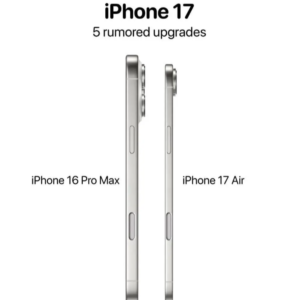
The iPhone 17 Air: What We Know So Far
-
Ultra-Thin Profile
The most striking feature of the iPhone 17 Air is its unprecedented thinness. Reports suggest it may measure just 5mm thick, which is significantly slimmer than current iPhone models like the iPhone 15 Pro at 8.3mm. To achieve this, Apple is rumored to be using lightweight titanium for the frame, a material that enhances durability while reducing weight.
This move would align the iPhone 17 Air with Apple’s MacBook Air and iPad Air branding, both of which emphasize portability and sleek design. However, such extreme slimness raises questions about durability and practicality, with critics recalling past instances of thinner devices (such as the infamous “Bendgate” of the iPhone 6 Plus) suffering from structural weaknesses.
-
Simplified Hardware
Leaked renders indicate that the iPhone 17 Air will come with just one rear camera, a surprising step back from Apple’s dual or triple-camera systems. The decision to include a single 48-megapixel sensor may appeal to casual photographers, but professionals and enthusiasts may find it limiting compared to the advanced periscope zoom capabilities expected on higher-end iPhones.
The phone is also expected to feature the A19 chipset, but reports suggest it won’t be the top-tier A19 Pro chip found in the Pro models. This could place the 17 Air closer to a mid-range offering in terms of performance.
-
Enhanced Display Features & Battery Trade-Offs
The device will reportedly sport a 6.6-inch OLED display with a 120Hz refresh rate, marking a significant improvement in screen smoothness. Apple might also debut under-display Face ID technology on the iPhone 17 Air, potentially eliminating the notch and providing a more immersive viewing experience.
Thinner devices often mean reduced battery capacity, and the iPhone 17 Air may follow this trend. While Apple’s focus on energy-efficient chips like the A19 could partially offset this issue, concerns remain about how well the device will support power-intensive tasks like gaming or multitasking.
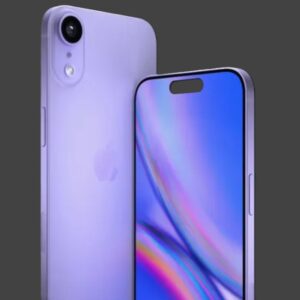
Why Users Are Concerned About This Design
The iPhone 17 Air has divided opinions among tech enthusiasts, with some hailing its sleek form factor as a bold step forward and others cautioning against prioritizing aesthetics over functionality.
Durability: A device as thin as 5mm risks being more fragile. Apple may employ titanium to mitigate this, but even this premium material has its limits. Users fear that such thinness could make the phone prone to bending under pressure or damage from accidental drops.
Battery Life: Thinner phones often lead to smaller batteries. For the iPhone 17 Air, this trade-off could prove problematic for users who demand long-lasting performance for video streaming, gaming, or multitasking. The lack of a significant battery improvement could deter those used to larger-capacity Pro models.
Camera: While casual users may appreciate the simplicity of a single 48MP rear sensor, this move could alienate photographers who rely on multiple lenses for versatility. The lack of a periscope zoom feature—a standout addition in the iPhone 15 Pro Max—could also be a drawback for users seeking advanced optical zoom capabilities.
Price: Speculation about the price of the iPhone 17 Air has added to the controversy. Early rumors suggested a price as high as $1,299, but some analysts believe it will be more moderately priced to reflect its mid-range specs. Even so, users may find it hard to justify the cost if performance is sacrificed for design.
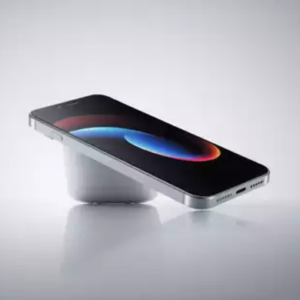
What Could Apple Do Differently?
Apple has often walked a fine line between innovation and practicality, and the iPhone 17 Air presents a critical test of this balance. To make the device a success, Apple could:
- Optimize Durability: If Apple pursues a 5mm-thin design, reinforcing it with advanced materials like titanium or innovative structural engineering will be essential.
- Prioritize Battery Efficiency: The A19 chip must deliver significant energy savings to compensate for the reduced battery capacity. Additionally, incorporating efficient software optimizations could help users get through a full day of use.
- Reevaluate Camera Choices: Offering at least a dual-camera setup could attract more photography enthusiasts without significantly increasing the device’s thickness.
- Competitive Pricing: If Apple positions the iPhone 17 Air as a mid-range device, pricing it aggressively (around $899-$999) would make it more appealing compared to high-end Pro models.
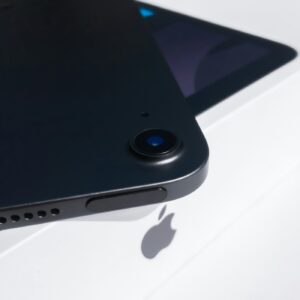
Is the iPhone 17 Air a Bold Move or a Step Too Far?
Apple’s decision to explore ultra-thin smartphone design is undeniably bold, but it risks alienating users who value functionality and longevity over aesthetics. The iPhone 17 Air may carve out a niche for itself among casual users who prioritize portability, but enthusiasts and professionals might feel left out by its compromises in performance and camera versatility.
As leaks continue to surface, one thing is clear: the iPhone 17 Air will be a pivotal release for Apple. If executed well, it could redefine smartphone design. If not, it may serve as a cautionary tale against prioritizing style over substance. Stay tuned with us on Facebook & Instagram for more info about every update about new upcoming iPhone 17 Air.
MORE FROM TRENDSGRAM
- Bluesky Gains Millions of Users — Here’s How You Can Sign Up
- New ‘What If…? Season 3’ Trailer Is Here — Marvel’s Most Ambitious Project?
- Travis Scott Joins WWE Raw Netflix Event: LA’s Intuit Dome Set for Jan
- Power, Responsibility, and a New Threat: A Look at the Brave New World Trailer
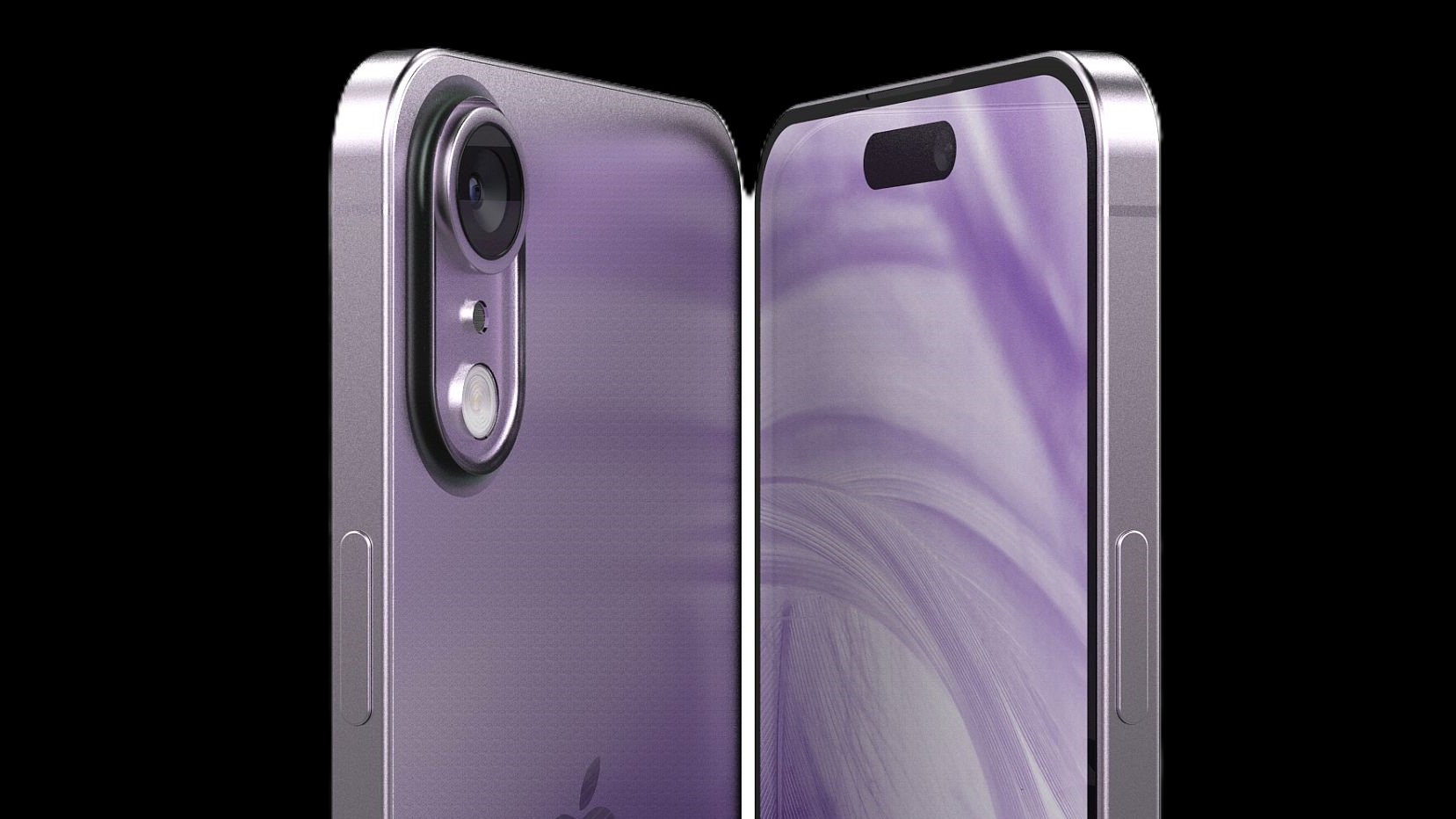
[…] iPhone 17 Air Leaks Renders : Apple’s Slimmest Phone Yet—But At What Cost? […]
[…] iPhone 17 Air Leaks Renders : Apple’s Slimmest Phone Yet—But At What Cost? […]